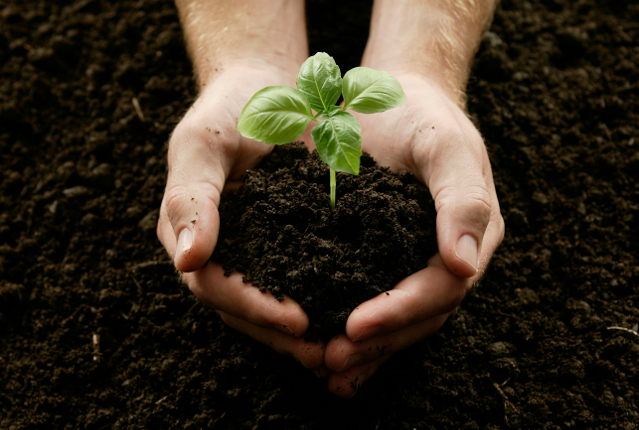Seeds of Opportunity: The African Growth Series
November 2021 | Issue 1
In this week's issue, you will learn more about:
- Germany's plans to invest R12.5 billion towards helping phase out Eskom's aging coal fleet and how this will benefit the country.
- The positive growth of South Africa's Agricultural sector.
- The recovery and growth of Africa's Temperature Controlled Logistics (TCL) industry.
Germany’s Investment into Eskom
The German delegation has committed itself to spending R12.5 billion towards helping Eskom phase out its aging coal fleet. The ultimate aim of the investment is to help mobilise a total of R130 billion together with the World Bank and other private investors. This will help the country through its energy transition by promoting renewable energy generation, battery energy storage systems, modernising and refurbishing its ailing transmission network. This investment will also help with the socio-economic impacts of the transition. South Africa’s transmission network, similar to other countries in sub-Saharan Africa, is suffering from vandalism, age related interference and is prone to connection issues with new technologies. The investments would help the country to set up smart grids and distributed energy systems that would enable the nation to ensure continuous, reliable and green energy supply. South Africa’s status as SSA’s renewable energy “Guinea Pig” is already having a trickle-down effect on the region as countries are noticing the benefits associated with renewables and associated technologies. South Africa needs to set an example with this investment and show the region and the world how an African nation can flourish if given the means and trust to do so.

Growth in South Africa's Agriculture Sector
South Africa’s agricultural sector is by far Africa’s most modern, productive, and diverse agricultural economy. The sector is well-developed and has approximately 32,000 commercial farmers, of which between 5,000 - 7,000 produce approximately 80% of all agricultural output. As a key contributor to South Africa’s GDP, the agricultural sector contributed around 10% of South Africa’s total export earnings, generating $10.2 billion in 2020, with a solid year-on-year growth of 13,4%. In 2021, it was forecasted that the sector would grow by more than 6%, as exports in the first half of 2021 amounted to $6,1 billion, marking a 30% year-on-year increase. For both 2020 and 2021, agricultural products such as citrus, wine, table grapes, corn and apples accounted for the largest exports by value.
As the industry continues to record positive growth, employment in the primary agriculture sector could remain elevated in the medium term for its 852,000 employees. Already a recovery has been noted in the second quarter of 2021 from the slump of the first quarter, increasing by 9% quarter-on-quarter and 8% year-on-year to 862,000. As investment in agriculture is widely recognised as a key precondition in achieving goals related to improving food security, creating jobs, creating wealth, and thereby reducing poverty, the industry is likely to experience a continued vibrancy in the near future.

Recovery and Growth of Africa's TCL Industry
South Africa’s temperature-controlled logistics (TCL) industry is the most developed in Sub-Saharan Africa and is likely to experience growth in the coming years due to culmination factors. These include population growth, increased demand, and key investments into critical infrastructure. Furthermore, regulations against anti-dumping, are pushing for the growth of local production i.e. poultry, which will increase the need for TCL in the local industry. The country is forecasted to reach a population of 63.8 million by 2026, with key growth around key urban metropolitan areas, which are the main demand hubs for TCL. Although the July riots had a significant impact on the current TCL sector, particularly in Durban (July – September) where several cold storage warehouses were destroyed, the market is recovering. Several investments have gone into rebuilding key infrastructure.
Further field, East Africa is becoming a hub for TCL investments. The African Development Bank recently announced a $10 million equity investment into boosting cold storage infrastructure in East Africa. Countries that will benefit from this include Kenya, Tanzania, Ethiopia, Uganda, and Rwanda. All these investments are critical in reducing the issue of post-harvest food loss and food safety hazards, prevalent in the region. Moreover, the investment is a step forward for the ARCH Cold Chain Solutions East Africa Fund (CCSEAF) $100 million targeted close for 2022.

To find out more about opportunities in Africa, please contact Lynne Martin.
Lynne Martin
Rebecca Mabika
